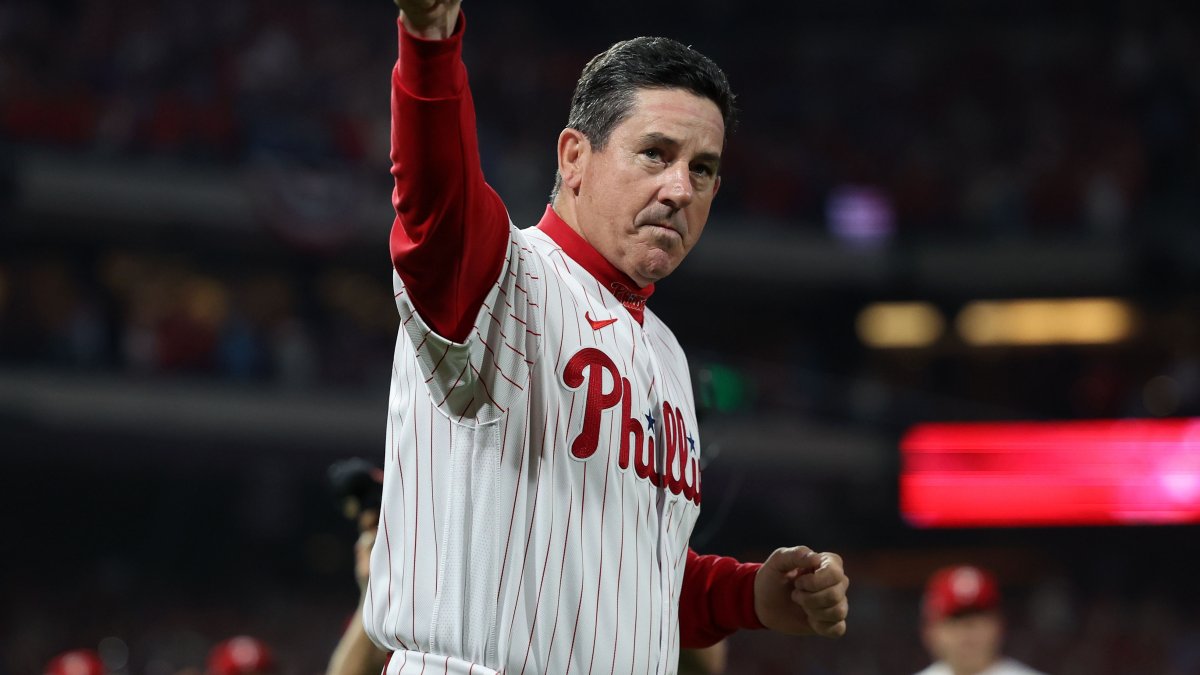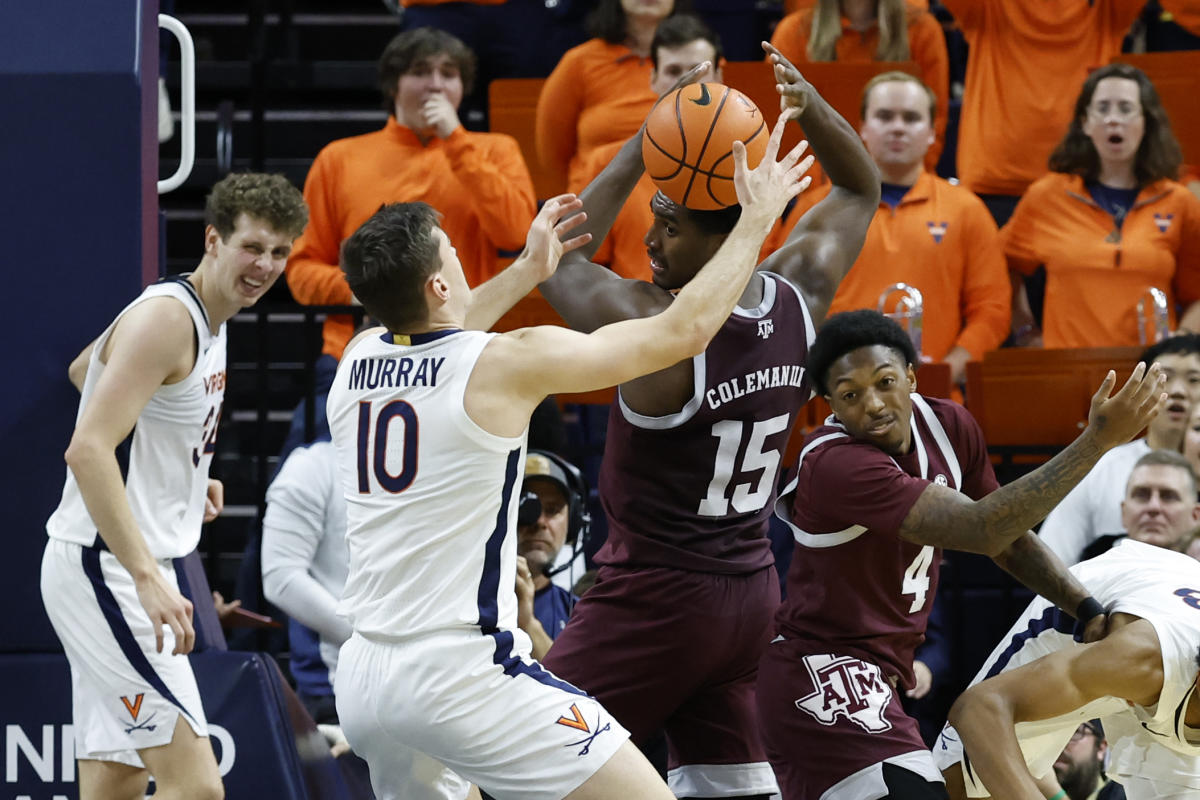This story is part of a series recounting and exploring College Sports Mysteries. Editor’s note: This story is part of a series recounting and exploring College Sports Mysteries. NASHVILLE, Tenn. – The public address announcer at Florida State’s Tallahassee-Leon County Civic Center said Dwayne Schintzius’ name, and that’s the moment Schintzius and his Florida teammates and coaches knew what was in store for them. Some would look back and say it’s the moment the Gators won their first SEC championship in men’s basketball history. It led to the events of a mythical evening weeks later at Vanderbilt’s Memorial Gym – events that remain hazy, disputed and angering to some, nearly 35 years later – that ultimately cost the Commodores a banner they still believe should be hanging in Memorial. Florida State students hurled tennis balls at Schintzius when the 7-foot-2 junior center was introduced on that evening of Dec. 3, 1988. Eric Poms, CEO of the Orange Bowl for the past 17 years, was then Florida basketball’s head student manager. He estimated “hundreds” of balls hit the court, and he and others scrambled to get them picked up. Insulting messages for Schintzius were scrawled on many of them. Massive, mulleted and outspoken, he was already a popular target for opposing fans. A fight outside of a Gainesville nightclub over the previous summer in which Schintzius reportedly wielded a tennis racket got him suspended for the first four games of the season. And it gave those opposing fans, who had no internet to utilize for mockery, easy fuel. The Florida State kids provided the blueprint. “It was a wild ride,” said Livingston Chatman, a Florida sophomore forward that season, and it culminated on Jan. 25, 1989, in Nashville, against an excellent Commodores team in what was then one of the most hostile arenas in college basketball. Florida got out with an 81-78 overtime victory. Schintzius hit two technical foul shots with one second left in regulation to force overtime, after a tech was called on Vanderbilt because its fans threw tennis balls on the court. Florida ended up winning the SEC with a 13-5 record. Vanderbilt finished 12-6. “The funny thing is, Dwayne did something he probably shouldn’t have done, and it ends up rewarding them with rings on their fingers,” said Frank Kornet, a senior Vanderbilt forward that season. “And that’s the thing that’s hard. We should be wearing those rings.” How many tennis balls? From which side of the court? Which one inspired official John Clougherty to call the tech? Who threw it? This is an attempt to re-create that night and answer those questions, with the first public comments on the matter from the man who has long been rumored as the primary culprit. The Florida program had never experienced an NCAA Tournament before Schintzius arrived on campus. That 1986-87 team got all the way to the Sweet 16, losing by six to eventual national runner-up Syracuse, and it leaned heavily on the scoring of Vernon Maxwell and coaching of Norm Sloan. Maxwell starred again in 1987-88 en route to more NCAA success, then departed for the NBA, but Schintzius as a junior and Chatman as a sophomore were enough for the Gators to earn a preseason top-15 ranking. Dwayne Davis and Clifford Lett gave the Gators four players averaging more than 60 points a game combined. Schintzius gave them a star with swagger and the maturity to lead on the court, his off-court aggression with sports equipment notwithstanding. “A guy who was often misunderstood, but just a wonderful person,” Monte Towe, an assistant coach for that team, said of Schintzius, who died in 2012 at age 43 after a long battle with leukemia. “Playing with (Schintzius), it was pure joy,” Chatman said. “That year was rough to start (including a 114-86 loss at FSU), but eventually we got rolling.” Dwayne Schintzius was a popular target for opposing fans. (All sport / Getty Images) The Gators were just 9-9, 3-4 in the SEC coming to Vanderbilt. A week earlier, they got the tennis-ball treatment in a loss at Tennessee, as in previous trips to Ole Miss and Georgia. The SEC had seen enough. Then-commissioner Harvey Schiller released an internal memorandum a few days before the Vanderbilt game calling for a crackdown on objects thrown at games – with a technical foul on the home team as a punishment to be warned and carried out if necessary. “That was the directive,” Clougherty said. “The whole thing ended up being a total nightmare.” It was already trending that way for Vanderbilt’s players. Several of them had the flu that week. And they were dealing with swarms of media from the state of Kentucky because their beloved coach C.M. Newton announced two days before Florida’s visit that he would be leaving after the season to become athletic director at his alma mater, Kentucky, and help navigate that men’s basketball program through a gutting NCAA probation. “Talk about a surreal few days,” said Barry Goheen, a senior guard on that Vanderbilt team. Newton had restored pride in a tradition-rich program, in a city with no major league professional sports at the time and nothing of more sporting consequence than Vanderbilt men’s basketball. When Lucy Jones and her husband, Doug, were a young married couple in 1966, Doug’s boss offered up two of his season tickets to them, at $22 apiece per season. “That may as well have been $2,000 for us at the time,” she said. “But back then, someone had to die before you got a Vanderbilt basketball ticket. So we borrowed half of it and saved the other half.” Which meant no more driving to the highest point in the city at the time, Love Circle Park, and parking, which the couple started doing when they were dating – so they could get clear reception on Vanderbilt basketball radio broadcasts. The Jones family still has its Section L floor seats, and Lucy was an outspoken presence at games well before she became Vanderbilt’s ticket manager in 1982. On this cold 1989 night, Vanderbilt came in after its own slow start but had won three of four, losing only to Chris Jackson and LSU, by a point on the road. The Commodores were 10-8, 4-2 in the SEC, trying to follow up on the program’s first NCAA bid in 14 years. The 1987-88 team stunned a loaded Pittsburgh team to reach the Sweet 16 before losing to eventual national champ Kansas, but that team was built around senior center Will Perdue. This team started to hit its stride when Newton moved the 6-9 Kornet from power forward to center, going smaller with Derrick Wilcox into the starting lineup at point guard. Kornet held his own in the post, and Wilcox was able to get more shots for senior stars Goheen and Barry Booker. Those three seniors, Kornet, Goheen and Booker, came together in the fall of 1985, Newton selling them on one of the best atmospheres in the sport and on the idea of taking a program near the bottom of the SEC to the top. “Our goal was to flip it all the way around,” Kornet said. “That was the team to do it.” Florida was a primary obstacle, despite the Gators’ early struggles. After doors opened and long before tipoff, Vanderbilt athletic director Roy Kramer was busy in the student section. Kramer was less than a year removed from taking over as SEC commissioner and doing much to modernize and strengthen the league. On this night he was telling arena workers to look out for kids armed with fuzzy green orbs. Barry Goheen and the Commodores went 12-6 in the SEC in 1988-89, finishing one game behind Florida. (Vanderbilt Athletics) “We did all we could,” said Kramer, now retired, 93 years old and living near his hometown of Maryville, Tenn. “Roy was hellbent,” retired Vanderbilt spokesman Rod Williamson said. “He was in the student section telling the ushers, ‘Confiscate any tennis balls, no questions asked.’ He’s all in the aisles during the game trying to make sure no one throws a tennis ball. He tried to put the fear of God into those people.” Vanderbilt’s PA announcer addressed the crowd before the game…

Laura Davis covers the world of basketball with precision. Her articles explore NBA and college basketball, offering game analysis, player profiles, and highlights. Laura’s passion for hoops is evident in her comprehensive basketball coverage.




:no_upscale()/cdn.vox-cdn.com/uploads/chorus_image/image/72931262/usa_today_21973134.0.jpg)


